DESIBUZZCanada
Events Listings
Dummy Post

International Day Of Yoga To Be Virtually Celebrated Saturday At 4pm
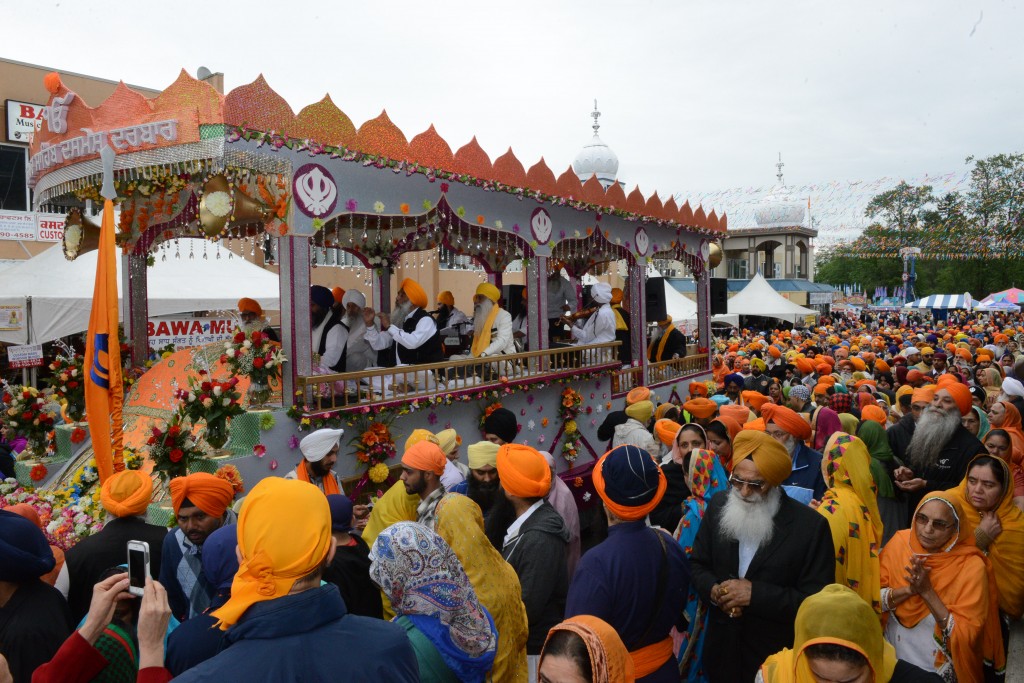
CANCELLED: Coronavirus Fears Kills Surrey’s Vaisakhi Day Parade

ADVERTISE WITH US: DESIBUZZCanada Is The Most Read South Asian Publication Online

SURREY LIBRARIES: Get Technology Help At Surrey Libraries

WALLY OPPAL: Surrey Police Transition Update On Feb. 26

GONE ARE THE DAYS - Feature Documentary Trailer

Technology Help At Surrey Libraries

Birding Walks

Plea Poetry/short Story : Youth Contest
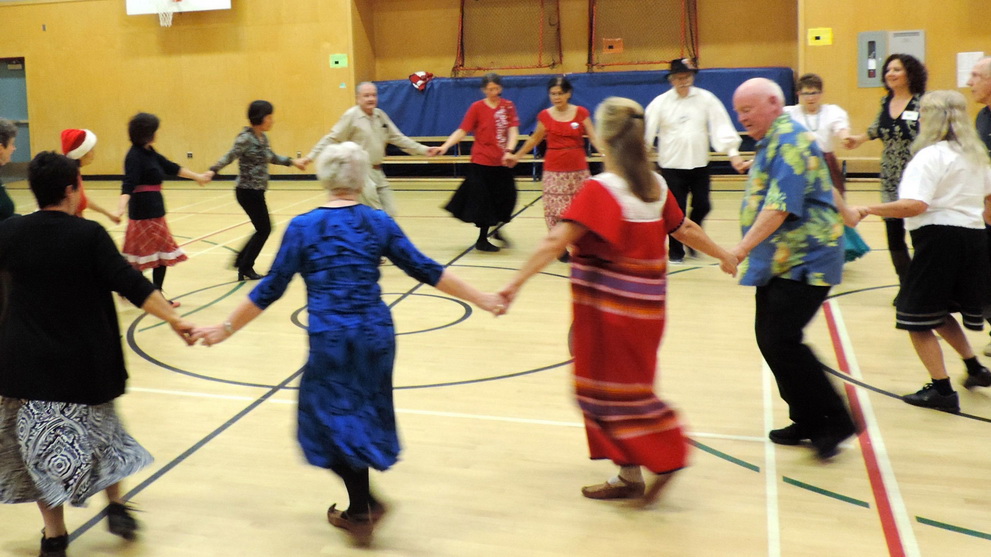
International Folk Dancing Drop-in Sessions
GURPURAB: Remembering Guru Nanak Dev Ji At Saidpur
- November 30, 2020
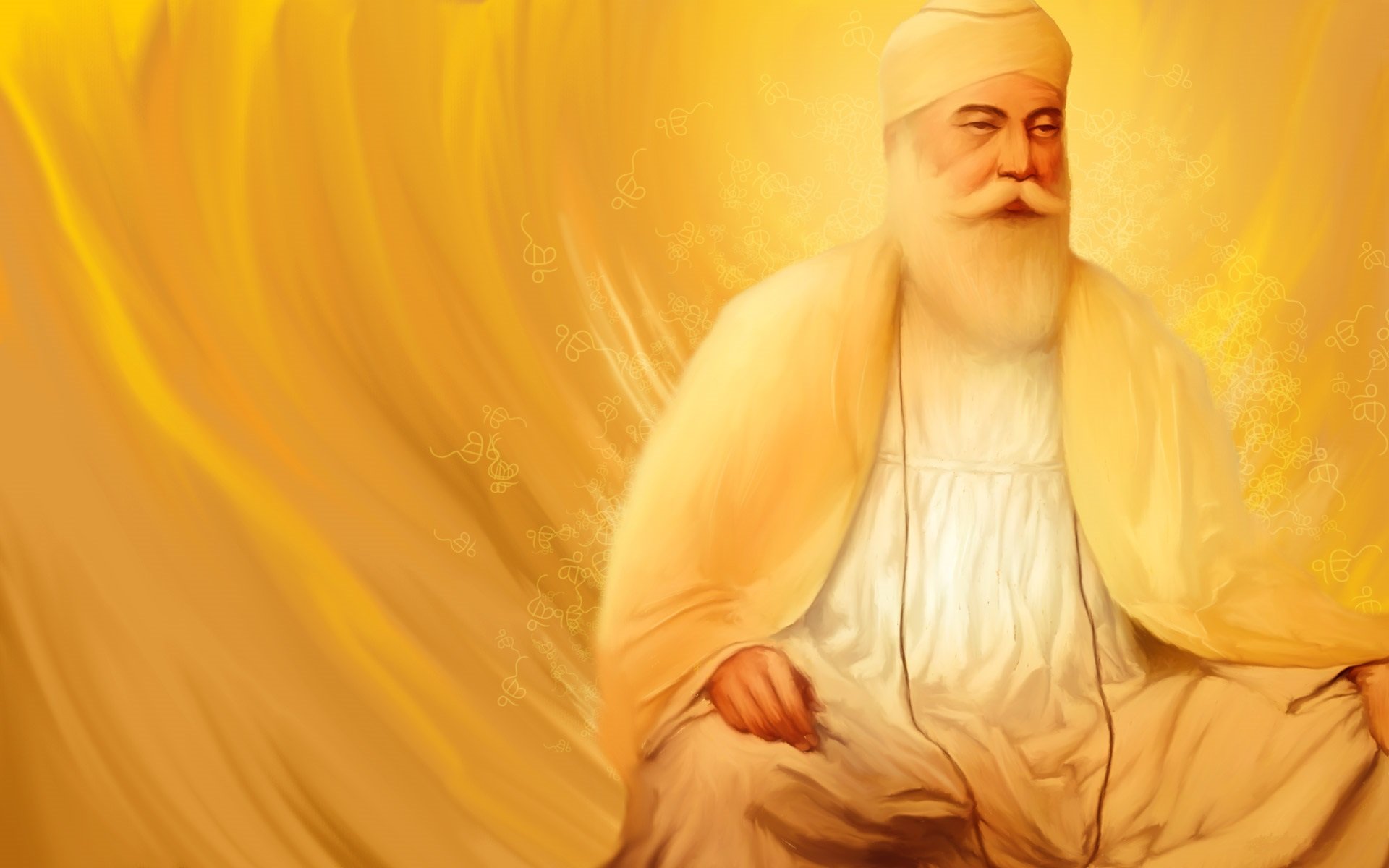
By Dr. Shamir Singh Virk
Guru Nanak Dev, in pursuit of his research for truth, in socio-religious world of dishonesty, left his native village Rai Bhoe Ki Talwandi, as well frustrated of the corrupt and hypocrite social-strata at Sultanpur Lodhi, he discarded the services of Nawab Daulat Khan Lodhi. Along with his co-traveler Mardana, he reached Saidpur, present day known as Eminabad after the home of Emina, a lady who used to provide food to Babur at Saidpur, a town then known in commerce and trading situated between Ravi and Chenab rivers. Saidpur was also a mixed town of Hindus well-established in trading and Muslim aristocrats of high repute. This town was a stop for the traders and travelers arriving here from the West enroute to the East. Having been at Saidpur Guru Nanak Dev realized that religion was a commodity that was hold by the priests, busy in amassing the offerings made by the businessmen and the traders. He was pained and thus amazed also to find out that the farmers and labourers were exploited and looted by the aristocrats and the priests. Thus, the corrupt and the polluted ultra socio-religious strata of Saidpur forced Guru Nanak Dev to be at the door step of the poorest house-holder Lalo, where even if they don't have lavish and comfortable stay, but certainly do have the God-gifted greetings of humility, sincerity, hospitality and their sought for ideal of honesty and truthfulness combined with simplicity. Although, Guru Nanak Dev and Mardana were unwelcome guests at this almost unknown tiny house of a single room, but both were delighted enough to find out the house-holder having true sense of hospitality merged with humility and sincere greetings.
From the layout of the house, Guru Nanak Dev learned that it was a carpenter's residence and during conversation, he came to know him as Lalo, who while listening to Guru Nanak Dev's discourse rich with spirituality, truthfulness and honest-living, judged Him, a true liver of Divine life. Looking at the dress of Guru Nanak Dev marked with the dual traditions of the Hindu and Islamic cultures, Lalo could not figure out any specific distinction. Interrupting the course of dialogue between his Master and Lalo, Mardana feeling hungry, asked him something to eat. At this, Lalo indulged himself in search of some foodstuff in his house. Finding Lalo, to make some reasonable excuse, as he did not have anything of choice, to be offered to his guests. Guru Nanak Dev having noticed dried up rotis (bread) lying nearby, suggested Lalo to serve them with cold water. Of course, Lalo did not like the suggestion, but Guru Nanak Dev and Mardana insisted him for the same, which they relished to their content.
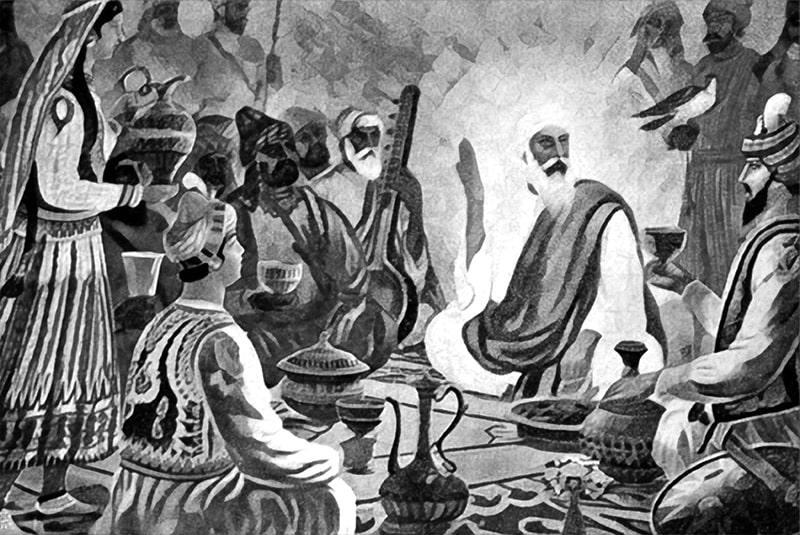
In the Janamsakhis related to the life-episode of Guru Nanak Dev and Bhai Lalo's encounter is an important tale, apart from its socio-religious significance: "By the time Babur established his rule in Northern India, Guru Nanak Dev had fully formulated his system of interrelated ideas and their corresponding practices." This looks so, because of the invasion of Babur at Saidpur and the brutal devastation caused by the Mughal army. Guru Nanak Dev bursts upon in utter lament and anguish sentiments when happened to view it. Addressing Bhai Lalo, his four Hymns scripted in Sri Guru Granth Sahib, three in Rag Asa and one in Rag Tilang, present Babur's army - "A marriage party of Sin's" - had reached Saidpur and demands our rich soil as a wedding gift. Babur demonstrates falsehood, whereas modesty and righteousness have vanished. Those Qazis and Brahmins have lost their religious roles and Satan now conducts the wedding rituals. Also the woman folk of high and low social strata are at par of misery and misconduct. Everywhere, songs of murder and brutality are sung. The head-hair of newly-wed brides elegantly styled, decked and painted with Sandhur, were now shorn and dust up to their necks littered unto. So much to add blood is seen sprinkled everywhere in place of saffron.
Addressing Lalo, Guru Nanak Dev sings Hymns in the praise of the forgiving Lord, The Almighty. Herein, he professes that the body fabric of the Indian soil will be shredded into parts and consequently, Babur - "Aavane Athatre Jaane Satanve" - that is in the year 1578/1521 CE Babur will conquer India and in the year 1597/1540 CE after the fall of Hamayu, another warrior Sher Shah Suri will reign the Delhi Empire. Thus - "Sach Ke Bani Nanak Aakhe Sach Sunaiyee Sach ke Bela " - attributes him honesty to his conviction and understanding all this experience to the sheer will of the God.
Saidpur, the town of Pathan inhabitants was razed to ground and the province was trampled to dust. It is Babur's might, which rules now. Woman folk of the Hindu and Muslim communities was made captive by Babur's invading army. In Adi Granth, the barbaric scene has been depicted. Not even the ladies of the nobles were spared of dice agony of sufferings. Saidpur was totally mutilated. When Guru Nanak Dev returned to Saidpur after visiting nearby far and distant places, he saw the brutal bloodshed of the masses, the utter violation of culture and religion; especially the harrowing melancholic plight of the woman folk made Guru Nanak Dev spell bound. The unparallel agony of forgetfulness was almost unbearable to the extent that the Master invokes the mass of large to be capable of protecting their religion as well as their political and cultural heritage. Promoting them to leave their luxurious living and to be ignorant to the God's will, as Guru Nanak Dev accepts Him the final abode of their life : "Aape kare Karae Karta Kis Nu Jae Sunaiyee|| Dukh Sukh Tere Bhane Hove Kis Thae Jaaye Ruaiyee|| ". But thrilled and mal-hypnotized Guru Nanak Dev joined the lashkar of the captive masess. Having been with the marching men and women with chains in their feet, he was immensely diluted and lamented and inpulsed to recite pathetic Hymns with the rebakik tones played by Mardana; "Khurasan Khasmana Keeya Hindustan daraaya|| Aape Doso Na Deiye Karta Jamu Karu Mughalu Charhaya|| Aete Maar Payee Kurlane Tae Kae Daadu Na Aayaa||"
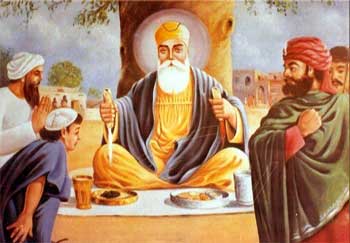
With his anguish and harrowing modes of expression Guru Nanak Dev, a true believer in God's Will, compulsed Babur, a figure of brutality to be at the God's feet. So in a way, Guru Nanak Dev looks challenging the Divinity of the Divine he implores although appears confused, if the bloodshed caused by the Babur's army is the blessings of the God, ever and promised, Guru Nanak Dev highlights in his Bani - "Je Sakta Sakte Ko Maare Taa Manu Roce Na Hoei ". This creates a sense of contradiction ; if a mighty foe molest one, who is equally mighty, it looks to be genuine or of no difference and one should not be grieved, but if a ferocious higher falls upon herd of cows or goats; the Divinity of the Divine becomes otherwise pro-questions. These paradox happenings obviously uphold Babur's ferocious hords and also uncover the plight of weak Indian lords. Listening the lamenting tones of the Hymns sung by Guru Nanak Dev Babur melted down and implored him to repeat the Bani. To his appeal Guru Nanak Dev recited another Hymn, depicting the shattered and in human onlook of imprisoned masses - "Jin Sir Sohan Pattiyan Mangae Pae Sindhooru| Se Sir Kaati Munneayae Gal Wich Aawe Dhoorhe|| Mehlan Aandar Hundhian Hun Bahne Na Milane Hadhoore|| ". Likewise - "Mughal Patharna Bhaie Larhaae Renn Maih Tega Wagaae|| ".
The war between Babur and Pathans at Saidpur, ensuring melancholic and pathetic scenes of crying and wailing in almost every family, Guru Nanak Dev portrays the harrowing situations as well as the awakening calls in the tone of councelling - "Jaise Goil Goili Taise Sansara || Koorh Kamawe Aadmee Bandhe Ghar Bauraa||1|| Jaago Jaago Sutteyo chalea Vanjaara ||1|| ............ Oohae Oahae Keaa Karoh Hai Hosee Soee ||3|| ". Thus, Guru Nanak Dev suggests to sow the seeds of truthfulness and honesty in the soil of religiousity, so as to reap the virtuous and ethical yield of prosperous living rich with peace and humanity.
Clearly, the encounter between Babur and Guru Nanak Dev at Saidpur exposes the barbaric and in human show of Babur, but on the contrary it gleans to magnify the divine personality of Guru Nanak Dev. Consequently, developing a faith of holistic and philosophical norms and virtuous paradyms in the life at general. In the end, having been enriched with the holistic and saintly image of Guru Nanak Dev, perceived with pleasant feelings unto the innermost heart-depth devotion; I am fortunate enough, imagining myself a sincere and true devotee of sacred Sikh Temple (Gurudwara) now-a-days at Eminabad in Pakistan.

















